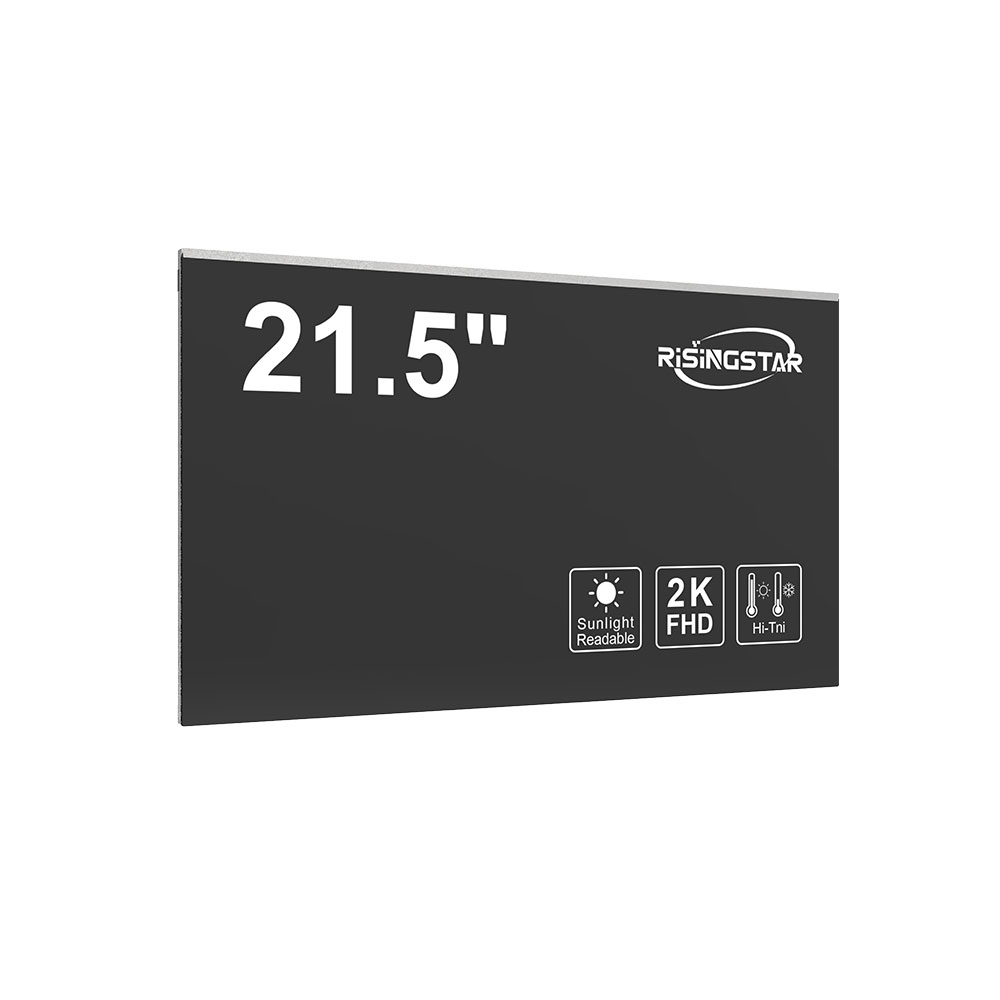
Privacy statement: Your privacy is very important to Us. Our company promises not to disclose your personal information to any external company without your explicit permission.
Outdoor LCD screens are increasingly vital in modern urban environments—from digital billboards and transportation displays to public information kiosks and retail signage. One of the most critical yet often overlooked factors influencing their performance is brightness. A screen’s brightness doesn’t just affect visibility—it directly impacts energy efficiency, longevity, and user engagement.
Brightness is measured in nits (cd/m²), with typical indoor displays ranging from 300–500 nits. In contrast, outdoor LCDs must exceed 5,000 nits to remain legible under direct sunlight. According to the Society for Information Display (SID), professional-grade outdoor displays used in commercial settings often operate at 7,000–10,000 nits for optimal daytime visibility. This level of luminance ensures content remains sharp and readable even during peak sun hours—without overloading the display’s power system or causing premature degradation.

A key consideration is dynamic brightness control. High-end outdoor LCDs now incorporate ambient light sensors that automatically adjust brightness based on real-time environmental conditions. For example, a screen installed in a coastal city might reduce brightness by up to 40% at night, saving energy while preserving visual clarity. This feature aligns with ISO 50001 energy management standards and reduces operational costs by up to 25%, according to case studies by LG Electronics and Samsung Display.
Moreover, brightness impacts color accuracy and contrast. When a screen is too dim, colors appear dull; when overly bright, it can cause glare and eye strain—a concern particularly relevant in high-traffic areas like airports or shopping malls. Engineers at Sharp Corporation have demonstrated that maintaining a consistent brightness level between 6,000–8,000 nits yields the best balance of readability, color fidelity, and viewer comfort across diverse lighting conditions.
For businesses, this means choosing the right brightness isn't just about hardware specs—it's about designing an effective user experience. Whether it's displaying time-sensitive alerts on a bus stop screen or showcasing vibrant product visuals in a downtown plaza, brightness plays a central role in ensuring your message is not only seen but remembered.
In summary, optimizing outdoor LCD brightness involves understanding environmental variables, leveraging smart technologies like adaptive backlighting, and aligning with industry standards. It’s not just about making the screen “brighter”—it’s about making it smarter, more sustainable, and more impactful.
Email to this supplier

Privacy statement: Your privacy is very important to Us. Our company promises not to disclose your personal information to any external company without your explicit permission.